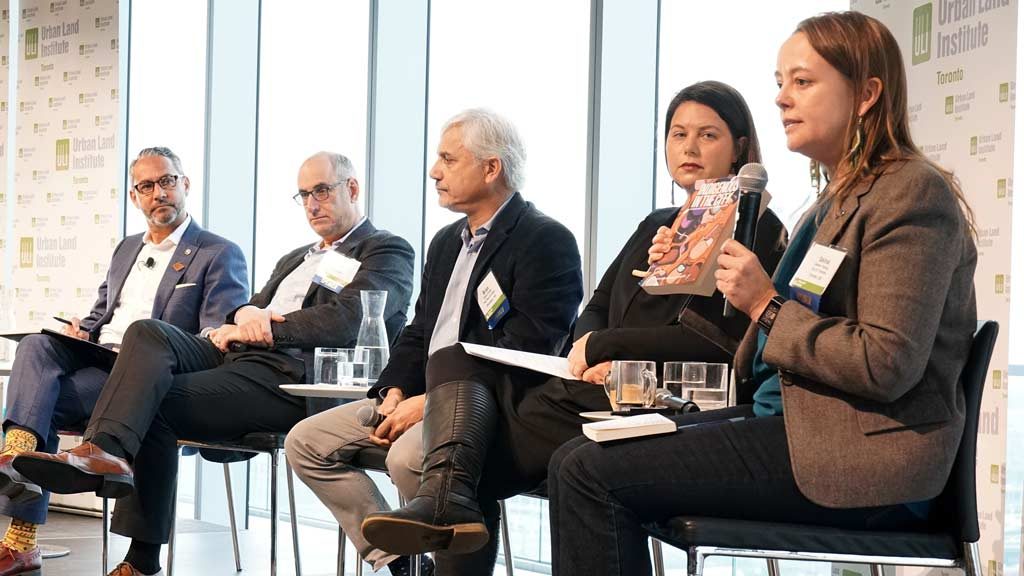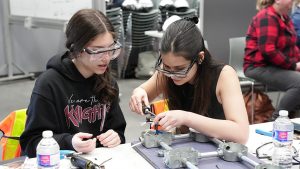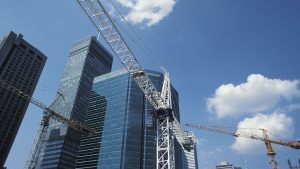Teaming planners, developers and architects up with Indigenous professionals and community leaders on urban projects will go a long way to not only breaking down cultural barriers but also to creating better buildings and communities.
That is the thinking of panellists at a recent symposium — Building Better: Indigenous Collaboration in Urban Environments — put on by the Urban Land Institute (ULI) in partnership with Enterprise in downtown Toronto recently.
Rachelle Lemieux, architect, Brook McIlroy, Winnipeg, told delegates there are only 18 indigenous architectural firms in Canada. That needs to change.
Lemieux, a Metis by ancestry, said that with the growing success of many land claim settlements in the courts there will be more “indigenous-focused” developments across Canada. With more than 117,000 acres at stake, the Algonquin land claim in eastern Ontario claim represents “multi-billion dollars” of potential development.
Indigenous peoples win more than 90 per cent of the court cases over land claims, JP Gladu, president and CEO, Canadian Council for Aboriginal Business, told delegates.
65 per cent of indigenous people are urban-based now so having spaces that reflect the culture within the cities would be beneficial,
— Rachelle Lemieux
Brook McIlroy
Gladu, the keynote speaker and moderator of panel session, said western society’s “knowledge system” is distinct from the indigenous world’s ways of thinking. “You can’t take a knowledge system of 12,000 plus years and put it into a clunky western science model.”
Bringing the multi-generational thinking of the indigenous world to the planning table is “really important. It is not just an Indian thing, it is a Canadian thing.”
He said there are more than 54,000 indigenous businesses in Canada and in 2016 indigenous people contributed $32 billion to Canada’s economy.
Still, the federal government spends less than one per cent annually of its multi-billion budget on Indigenous entrepreneurs.
Lemieux said Canadian cities can learn from Winnipeg’s experience developing urban reserves — indigenous communities or economic hubs with businesses and residences.
An example is a 3.7-acre urban reserve in Winnipeg at Portage Avenue established by the Peguis First Nation for economic development and employment of First Nation members. The deal benefits from a municipal services agreement with the City of Winnipeg, as a result of First Nation and municipal collaboration.
“I think 65 per cent of indigenous people are urban-based now so having spaces that reflect the culture within the cities would be beneficial,” Lemieux said.
Panellist Selina Young, Toronto’s indigenous affairs office manager, told the symposium audience that hiring indigenous people is a positive step for the development/design community “but if they don’t feel safe…and they become tokenized…they will leave and you will lose the opportunity to have different perspectives.”
Young pointed to an example of how a developer is playing a positive role in the indigenous world by incorporating tenant space for the Indigenous Centre of Innovation and Entrepreneurship into a downtown Toronto street revitalization project. The initiative was assisted by city of Toronto councillor Kristyn Wong-Tam.
“There are a lot of amazing indigenous organizations in Toronto and some of them are outgrowing their space,” Young said, noting it opens opportunities for developers to work with indigenous communities.
Seminar panellist Brian Porter, principal, Two Row Architect, a native-owned architecture firm based on the Six Nations reserve in southern Ontario, said the growing number of multi-disciplinary teams working on projects is step forward.
“It’s not (just) an architect and civil engineer anymore,” he told the breakfast symposium. “It’s a landscape architect, arborist… The kind of conversations we have at the design table now are really integrated and rich.”
Panellist Jason Lester, vice-chair, development of real estate developer Dream, said developing projects like Zibi — a 34-acre community on the Ottawa River in Ottawa — and others in a multi-cultural design team has made Dream and its partners better, more inclusive developers.
Porter said the “difficult part” is knowing what to do when a city like Toronto has reached “its full capacity” of development. “A lot of people in this room would argue that we are already well past it.”











Recent Comments
comments for this post are closed